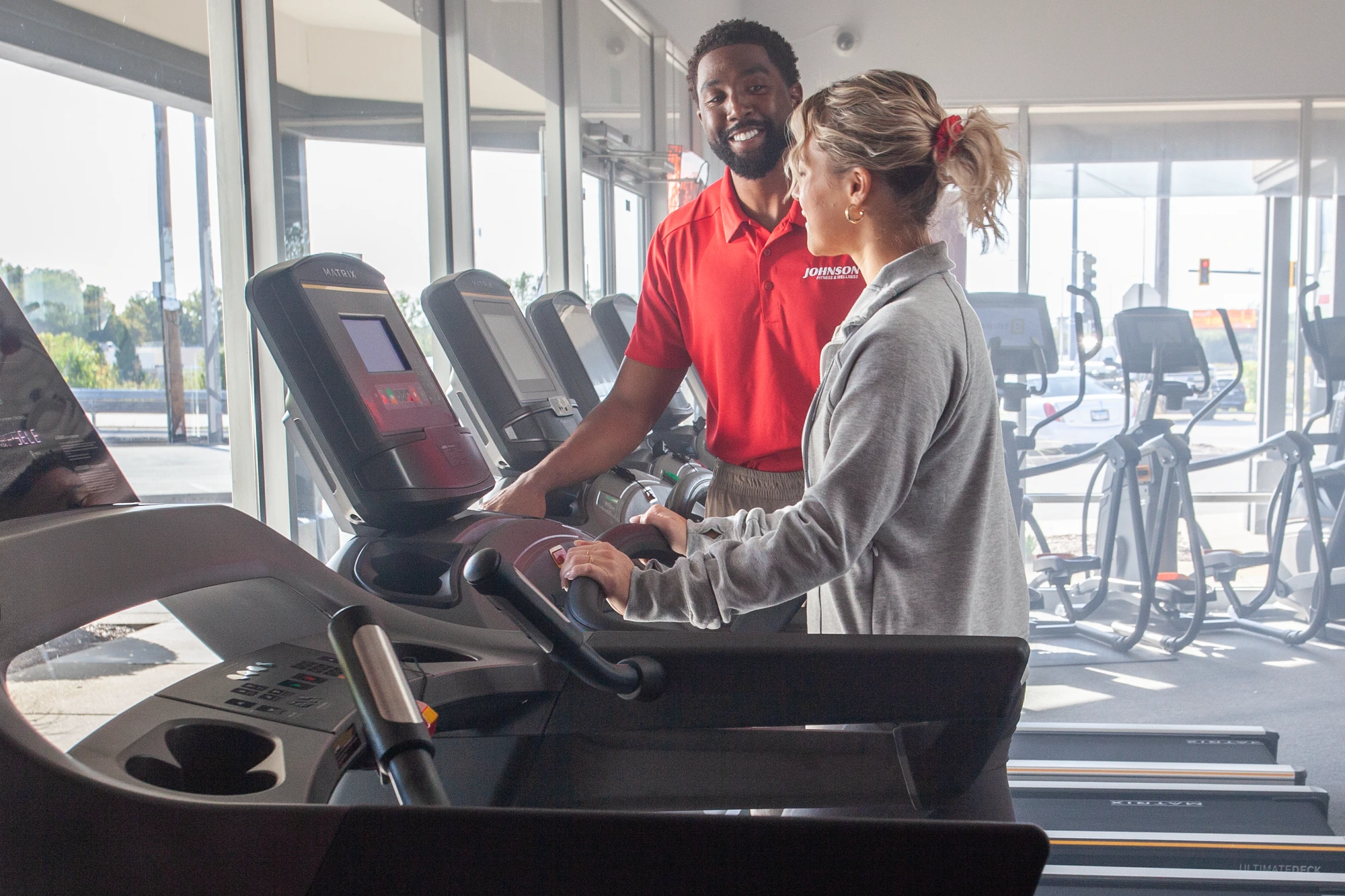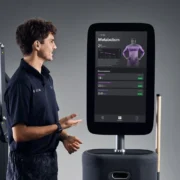Fitness & Wellness Brands Go All-In on HSA/FSA Spending

Pre-tax healthcare dollars are flowing into fitness as big brands race to tap into the industry’s next growth lever. Here are some of the latest moves
Most people don’t think of an at-home Pilates reformer, fitness app or red light therapy mask as a qualified medical expense, but that’s changing (and fast).
Johnson Fitness & Wellness, the retail arm of Johnson Health Tech, has partnered with Flex, a health benefits payments platform, to make it easier for consumers to buy fitness equipment with Health Savings Accounts (HSA) and Flexible Spending Accounts (FSA). Shoppers can now use pre-tax dollars on treadmills, strength equipment and massage chairs, both online and in Johnson’s 100-plus U.S. stores.
Flex’s own momentum highlights why the model is catching on. The company recently raised $15 million in Series A funding to expand its platform, adding brands like Balanced Body and NordicTrack, while helping partners see a more than 50% increase in average order value, a 30% boost in checkout conversion and a 20% rise in converting free trials to paid plans.
The move taps into nearly $150 billion sitting in Americans’ pre-tax spending accounts, according to HSA research firm Devenir, a massive pool of money that’s only recently becoming accessible for fitness and wellness purchases.
“Johnson Fitness & Wellness continues to push the boundaries of what it means to invest in health, and Flex is proud to help accelerate that mission,” Flex co-founder and CEO Sam O’Keefe said. “By bridging both eCommerce and brick-and-mortar, we’re helping Johnson Fitness & Wellness deliver a seamless experience that drives growth while giving customers more ways to invest in their well-being.”
The HSA/FSA Push Is Attracting Wellness Brands of All Types
It’s not just equipment makers getting in on the action. Fitbod, the personalized strength training app, also recently teamed with Flex to make its digital subscriptions eligible for HSA and FSA payments, marking one of the first integrations of its kind for a fitness app.

Flex’s growing roster of partners shows just how wide the opportunity runs. Therabody recently expanded its partnership with Flex to make several of its beauty and recovery devices eligible for purchase with HSA and FSA funds, including its FDA-cleared TheraFace Mask, SmartGoggles and SleepMask.
At the hardware level, iFIT, the parent company of NordicTrack and ProForm, was one of the first major fitness brands to adopt HSA and FSA payments. Since launching the option in late 2024, the company reports a 5% revenue lift, demonstrating the growing appetite for using pre-tax dollars on fitness as a form of preventive care.
Preventive health is also becoming more accessible beyond the gym floor. Function Health, co-founded by Dr. Mark Hyman, recently launched a standalone Heart & Lungs CT Scan that’s HSA and FSA eligible, priced at $349. The 3–5 minute scan cuts through the red tape of traditional imaging without referrals, insurance or a large bill and delivers results within 7–10 days that Function says can identify early signs of heart disease, lung cancer and other conditions.
Even workplace wellness is catching the wave. Corporate wellness platform Wellhub, formerly known as Gympass, just announced new HSA and FSA payment options through a partnership with Truemed, allowing employees to use pre-tax dollars to pay for Wellhub subscriptions and save up to 40% compared to after-tax payment.

“The average employee forfeits hundreds of dollars each year—money they’ve earned and set aside for their well-being,” Wellhub chief revenue officer Carolee Gearhart said. “We built these features to put those dollars back in their pocket.”
The new feature, which launches in November, arrives alongside an in-app reporting tool that simplifies reimbursement for fitness and wellness programs.
Supplements are also stepping out of the wellness aisle and into the pre-tax dollar system. Earlier this year, both Shed and Wonderfeel, a Silicon Valley-based biosciences company, partnered with Truemed to make its nutrition and supplement products HSA and FSA eligible. The initiative addresses what Wonderfeel calls a gap in the system, where 98% of U.S. healthcare spending still goes toward treatment rather than prevention.
Why Fitness Brands Need an HSA/FSA Middleman
According to Flex, most fitness-related purchases fall under a “dual purpose” category, where products or services can be considered health-related but require a Letter of Medical Necessity. Flex automates the process, connecting customers with physicians during checkout to determine eligibility and unlock pre-tax spending on things like memberships, training and recovery equipment. For fitness and wellness brands, the opportunity goes far beyond convenience, and the payoff can be significant.
Flex reports that 92% of surveyed customers say they’ll return to a brand that accepts HSA and FSA payments, and shoppers spend about 20% more when they do.
The movement is also picking up inside popular fitness chains themselves.
Purpose Brands, the parent company of Anytime Fitness and Orangetheory Fitness, recently partnered with telehealth provider Dr. B to help members apply HSA and FSA funds toward eligible fitness expenses, including monthly dues and personal training. Members can consult with Dr. B’s platform to determine eligibility and generate the required Letter of Medical Necessity.
“Exercise is medicine, and we must do whatever we can to make it more accessible and affordable for all Americans,” Anytime Fitness U.S. president Nick Herrild said.
Even insurers are getting in on the (discounted) action. UnitedHealthcare, the nation’s largest health insurer, recently launched the UHC Store, a digital marketplace where members can shop discounted fitness, nutrition and wellness offerings directly through the UnitedHealthcare app or myuhc.com. The platform gives more than 6 million eligible members access to curated programs spanning women’s health, weight management and condition support, with plans to expand to 18 million members by year-end.
“By responding to consumer and employer needs with tech-enabled solutions to help people shop for health and wellness offerings, we aim to offer better access and improve member experiences,” UnitedHealthcare commercial business chief consumer officer Samantha Baker said.



